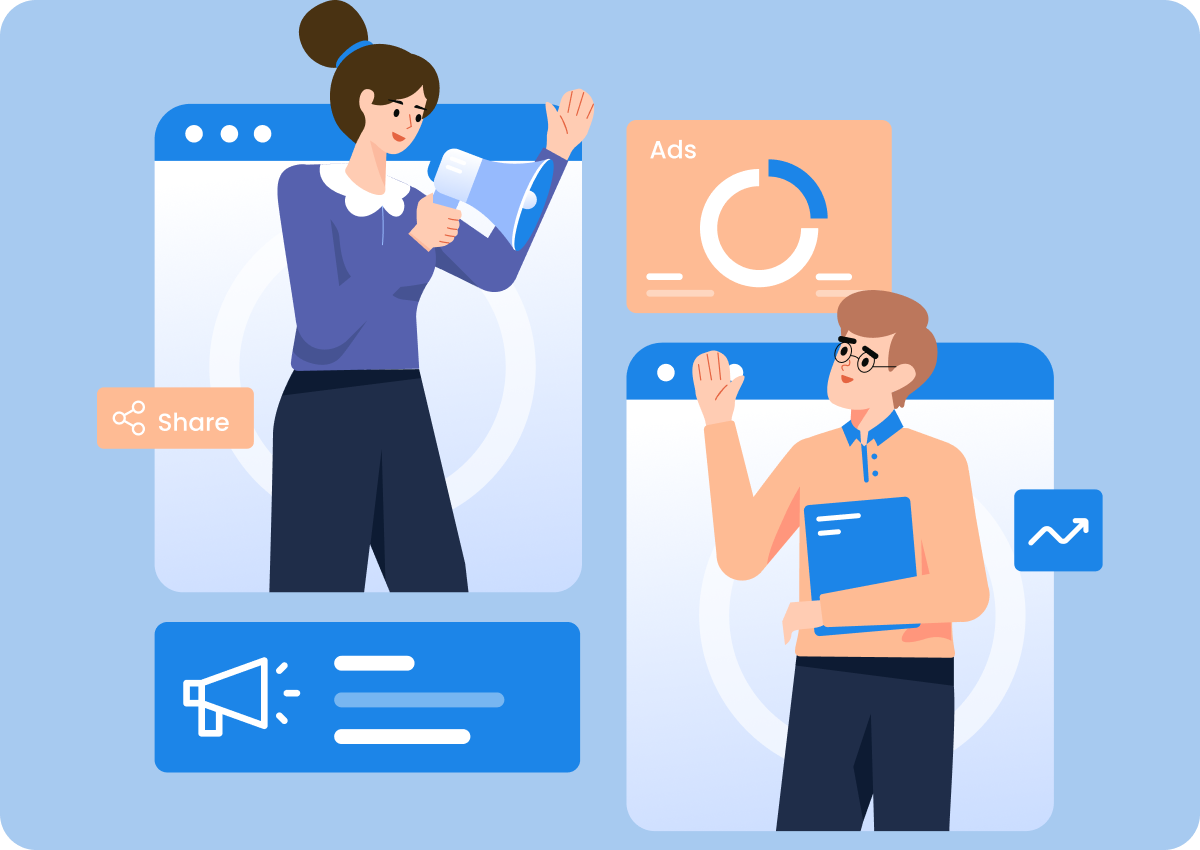
Intention-focused marketing is marketing actions aimed at internet users who we know have moved on to buy the service we offer or the product we sell. We can also think of this action as typing something you want to find directly into Google search.
Today, users provide a very comprehensive data flow to advertising channels, from the time they spend on the internet to the actions they take. Although this data is kept under privacy policies, they provide invaluable information about users’ current intentions. This data is very valuable for marketing professionals. Intention-driven marketing targets exactly these moments.
For example; we know that a person who searches for ‘Hair Transplantation Hospital’ on the Google search network is in search of a hair transplant service. The ‘Hair Transplant’ oriented visual communications made to this person immediately after the call is an example of intent-oriented marketing action.
So, after getting an idea about intent-based marketing, what should be the 3 most basic things we need to know in this area?
1. Intent Marketing starts with the Search Network.
More than 65% of people search the web, starting this process by typing in search network.* This search moment is considered the most precious moment for marketers. Because the most fundamental difference of the search network from other digital advertising channels is that the user indicates his/her current intention directly in the search network. It shows a clear intention to the user on the search network, specific to the search he/she makes. For this reason, it is very advantageous in terms of advertising performance to be in front of the consumer at that time.
2. Intent Marketing is a performance-targeted marketing action, it is not preferred for awareness.
In intent-driven marketing, you target the moments when users show intent. You won’t be able to capture this intent through channels like social media ads, but you can target a potential new intent to the product or service. This is the main difference between the two approaches.
While you are carrying out your marketing action in an intent-oriented way, you target a narrow audience, but this audience gives you confidence with conversion rates. Because the customer has already made his/her intention clear. With awareness-targeted campaigns, you aim to create a product/service-specific intent, while targeting a much wider audience.
3. Intention-based marketing reduces your advertising costs and enables you to have a more effective marketing process.
The main advantage of intent-based marketing is that it is quite successful in terms of cost and advertising performance if it is set up correctly. The world of digital advertising is a very wide world and it is a medium where many brands try to reach many people.
The advantage of intent-based marketing is that you aim to capture users who have already shown interest in you and are likely to convert, by appealing to a narrow audience at the right moment.
For this reason, you do not make unnecessary advertising investments, and because you reach the right user at the right time, your advertising performance will be more successful than other advertising models and strategies.





